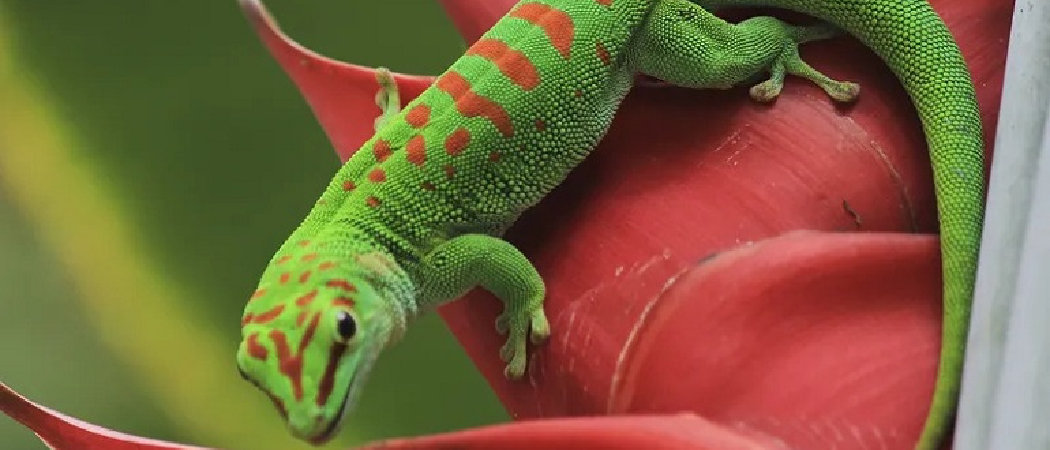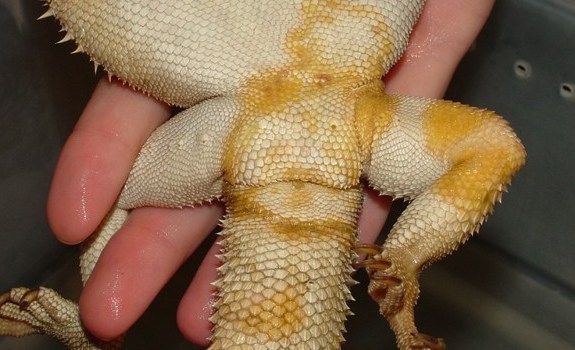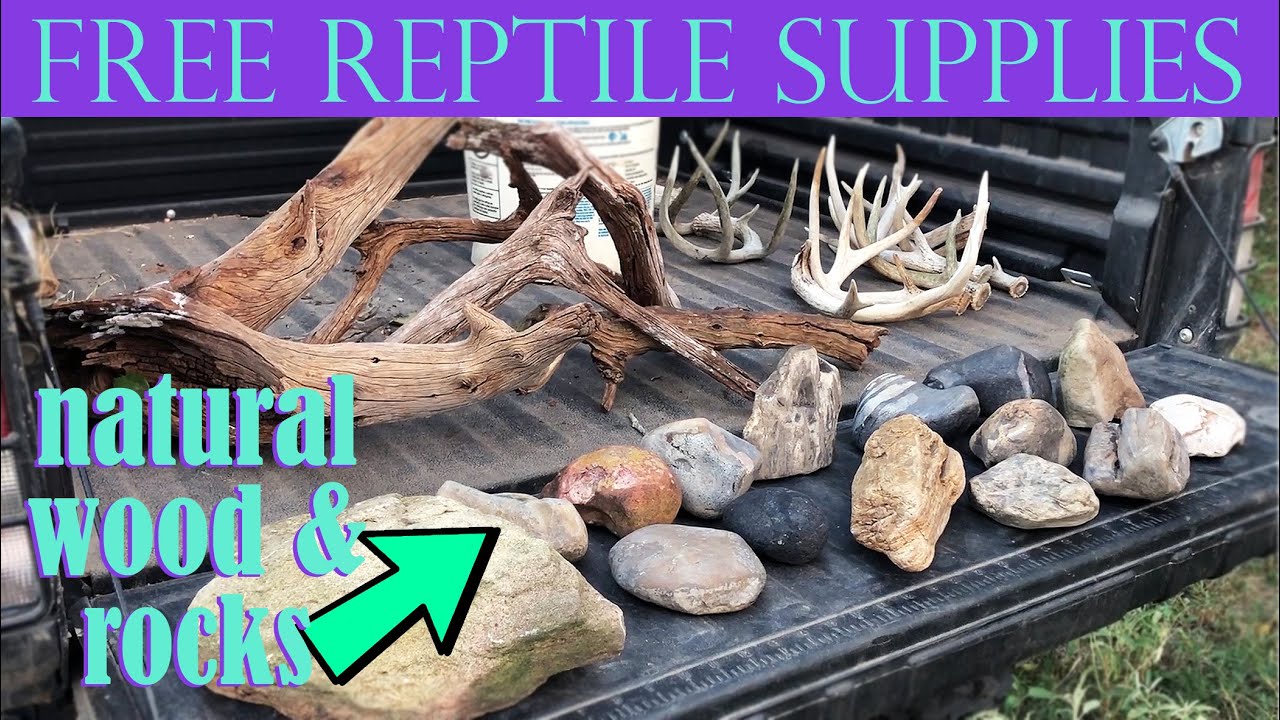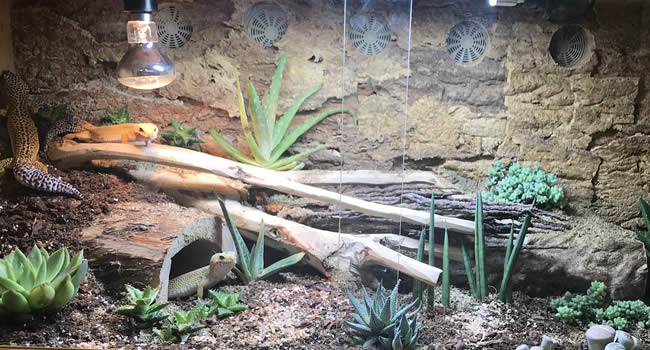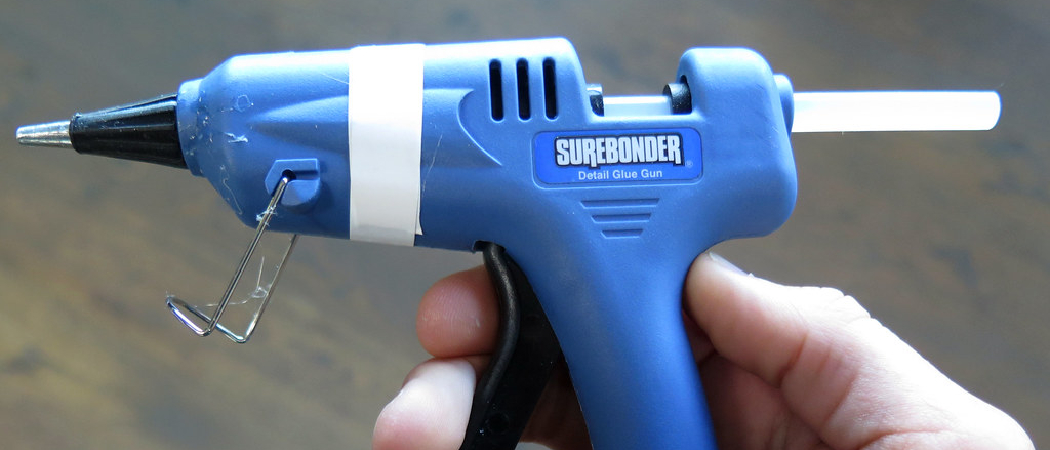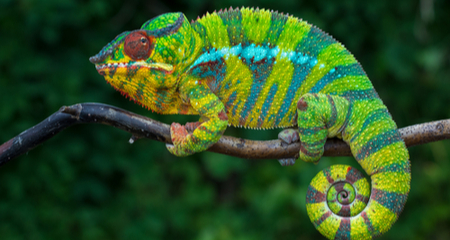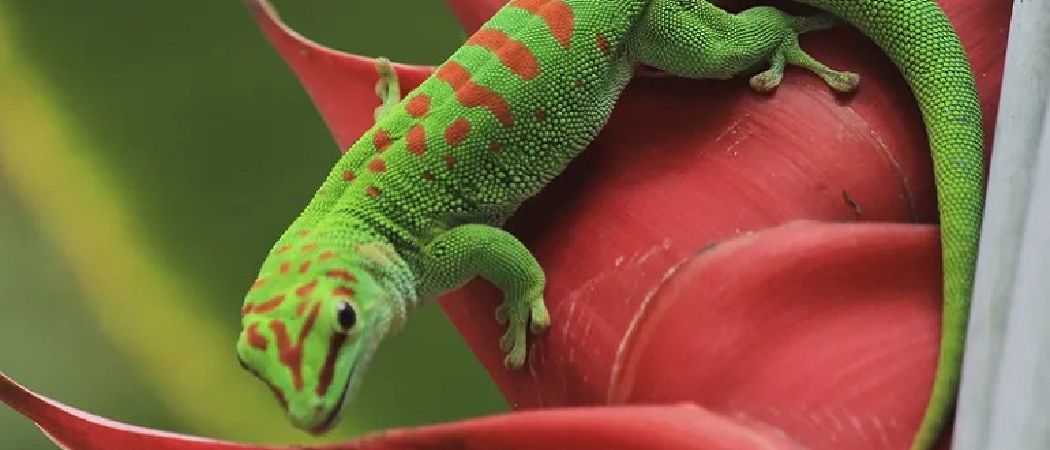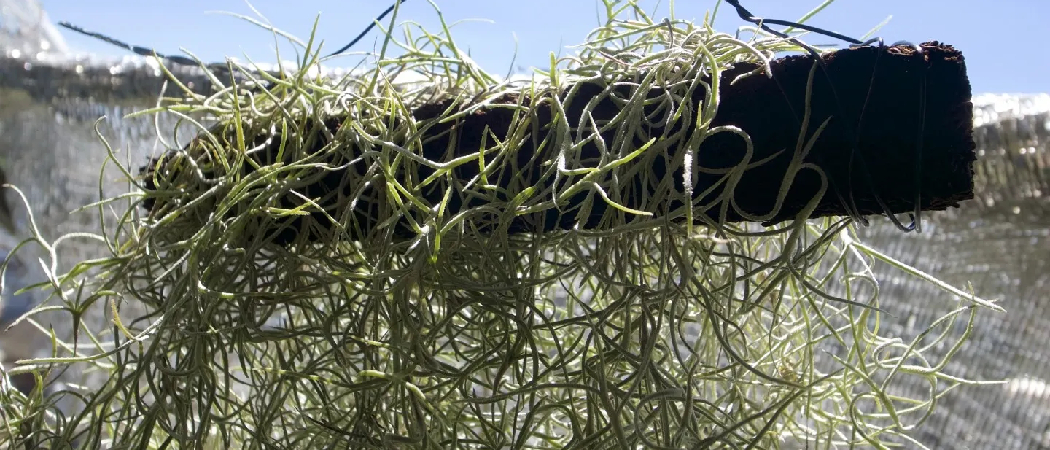Mold in Crested Gecko Tank
Mold growing in a crested gecko tank is an indication of high humidity and poor ventilation. It can be hazardous to the health of your crested geckos as it emits spores into the air which can be inhaled. To prevent mold growth, first, make sure that you have properly set up your terrarium with adequate …

